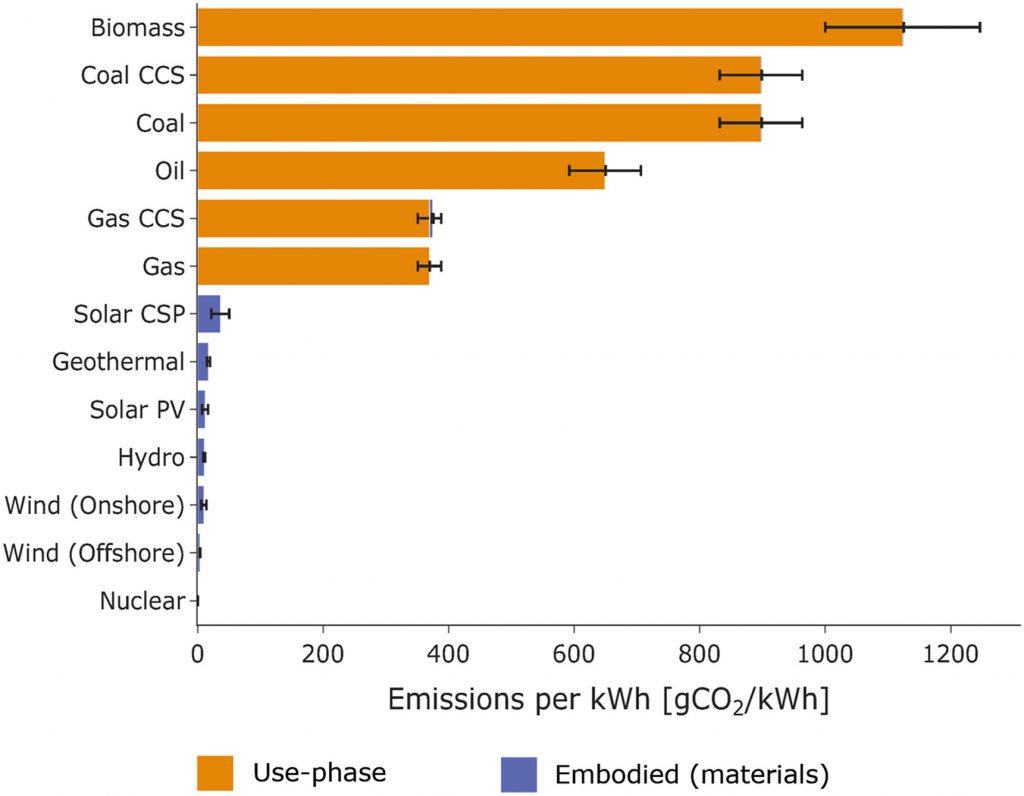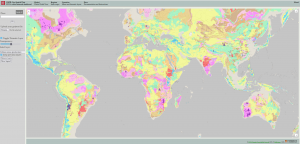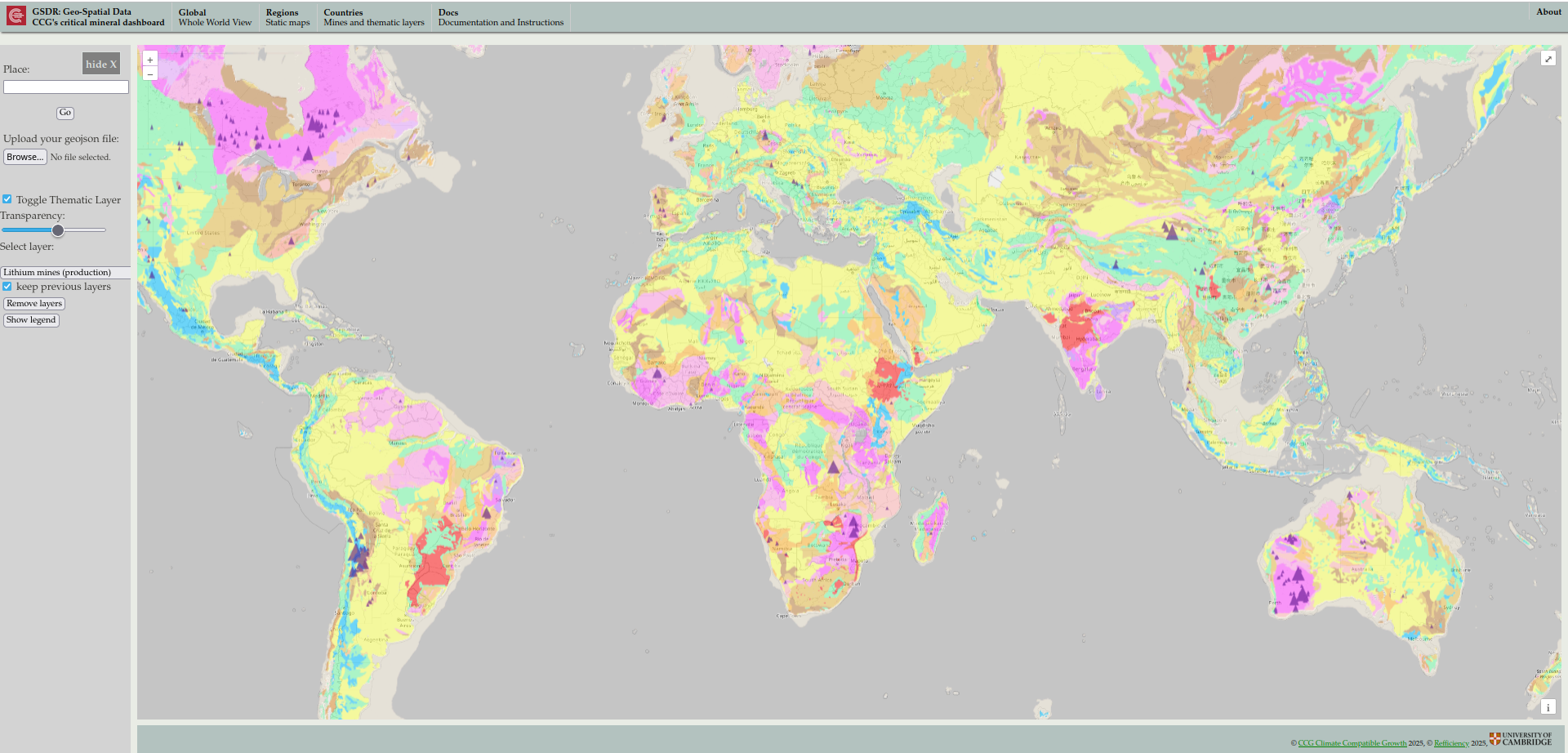Material requirements for future low-carbon electricity projections in Africa
If we are to meet climate mitigation targets whilst also increasing wellbeing it is critical that low-carbon electricity systems are deployed in developing countries.
Direct emissions from operating electricity generation are well understood. However, the materials required to construct technologies, and the associated emissions – embodied emissions – are frequently overlooked.
This paper quantifies the material implications of proposed electricity systems in 47 African countries from 2015 to 2065, involving a reference scenario, and two Paris-Agreement scenarios (1.5 °C and 2.0 °C of warming).
A purpose-built model, called Mat-dp (Material Demand Projections) is used to assess these scenarios. Mat-dp integrates electricity generation projections with material requirements by technology, estimating material budgets, embodied emissions, and jobs.
The resulting construction material mass grows 20-fold from 2015 to 2065, with the highest growth in the reference scenario. As low-carbon electricity capacity grows, embodied emissions from materials increase, reaching 47 MtCO2 in the 2.0 °C scenario by 2065.

Three bulk materials, concrete, steel, and aluminium, make up 64–66% of the total materials required by 2065, and 59–61% of the total embodied emissions. The Paris Agreement scenarios show lower material demand, particularly bulk materials, but higher specialised material demand.
Increasing low-carbon electricity generation while decarbonising industry offers a higher emission reduction potential compared to solely switching to low-carbon electricity. Estimated new jobs are 1.6 million per year, mostly from solar.
Key points for a low-carbon electricity future in Africa
- Materials and embodied emissions used for African electricity are evaluated in 3 scenarios.
- Low-carbon concrete, steel, and aluminium are needed for African electricity generation.
- Specialised materials are increasingly used in renewable electricity and require attention.
- Higher embodied emissions are observed as renewables are integrated.
- Increasing use of renewables should be accompanied by industrial efficiency strategies.
Read the full paper from Karla Cervantes Barrón and Jonathan Cullen here: Material requirements for future low-carbon electricity projections in Africa
Photo credit: Ivan Bandura













